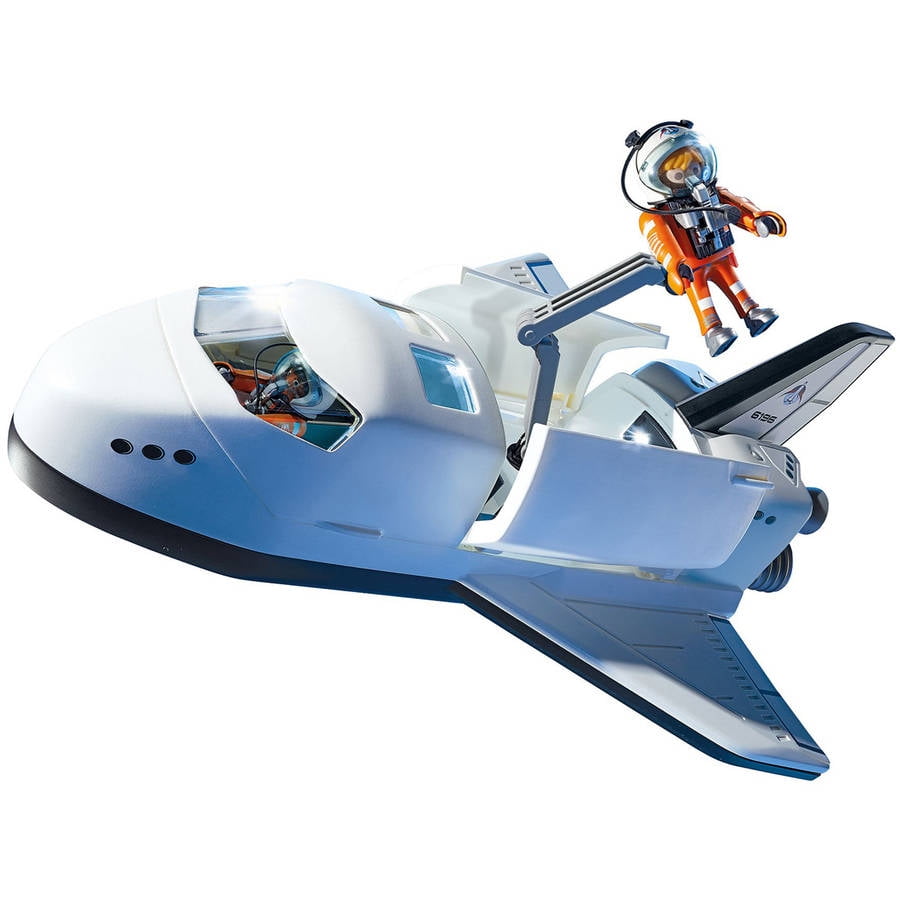

NASA's attention for the next seven or eight years was focused on putting a man on the moon."Ī major turning point in the space race occurred that same month, when U.S. "President Kennedy committed to the lunar program and once that commitment was made, the resources came with it. "Following Shepard's flight in May 1961, it became very clear that the space race was continuing," Odom said. (opens in new tab) Because of the placement of the portholes in the capsule, Shepard was unfortunately unable to view any stars, according to his flight report (opens in new tab). However on March 27, 1968, Gagarin died in an accident during a routine training flight, according to Phys.Org (opens in new tab).Ī month after Gagarin's historic flight, on May 5, 1961, the United States were able to catch up with their Soviet Rivals, when Navy Test pilot Alan Shepard became the second man into space, according to The Smithsonian Air and Space Museum. Following the flight Gagarin became a celebrity within the Soviet Union but was kept from returning to space due to the authorities fears that, were there to be an accident, they could lose a useful propaganda tool, according to the BBC (opens in new tab). On the April 12, 1961, Soviet Cosmonaut Yuri Gagarin became the first man into space when he successfully completed a 108 minute flight orbiting the earth a single time, According to New Scientist (opens in new tab). "What were its priorities, where would it apply the majority of its funding? There was a huge element of NASA that was thinking, what are the scientific questions that this agency is going to answer? Questions like what can we do with satellites in space? It was kind of a wild west, It was trying to figure out what it wanted to be." The first man into spaceĪ postcard of Yuri Gagarin, the first man to enter outer space (Image credit: getty: Rykoff Collection / Contributor) "In those early years, particularly 1958-1961, NASA was working to understand what its overall program would be," Odom said. The fledgling institution was in a process of finding its feet and discovering how it would approach the various problems concerned in launching both humans and objects into space. However, the early years of NASA were a far cry from what the organization would become. NASA officially opened for business on Oct. Eisenhower was really trying to disentangle all the military branches from being in competition with each other and move space exploration into a government agency dedicated to peaceful, open communication."

"Eisenhower's chief problem during this period was which branch of the military would be responsible for developing a launch vehicle," according to Odom, "however, this was problematic because it put the various branches in competition with each other. A NASA scientist examining the design of a rocket engine in the first year of the organization (Image credit: HUM Images / Contributor)


 0 kommentar(er)
0 kommentar(er)
